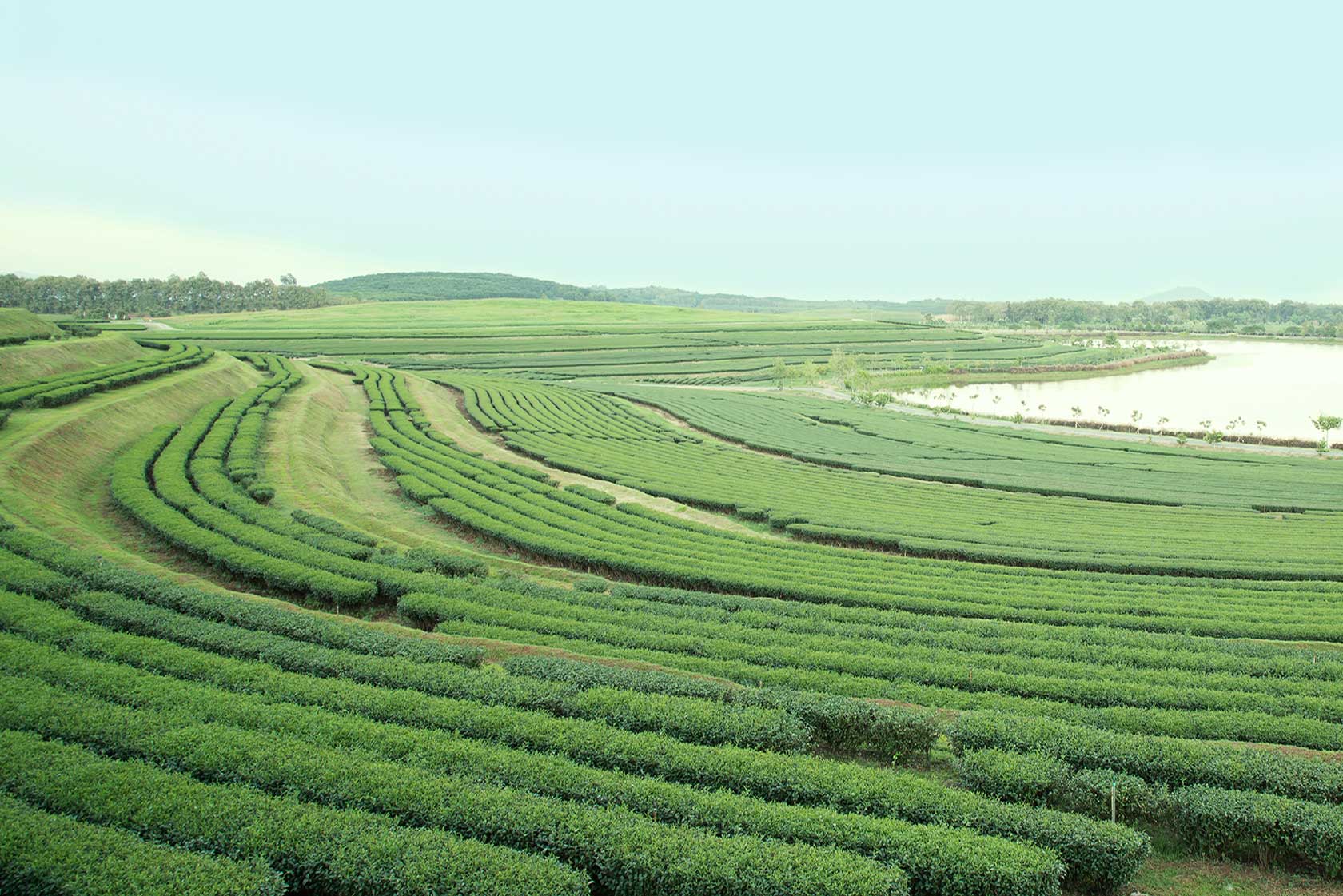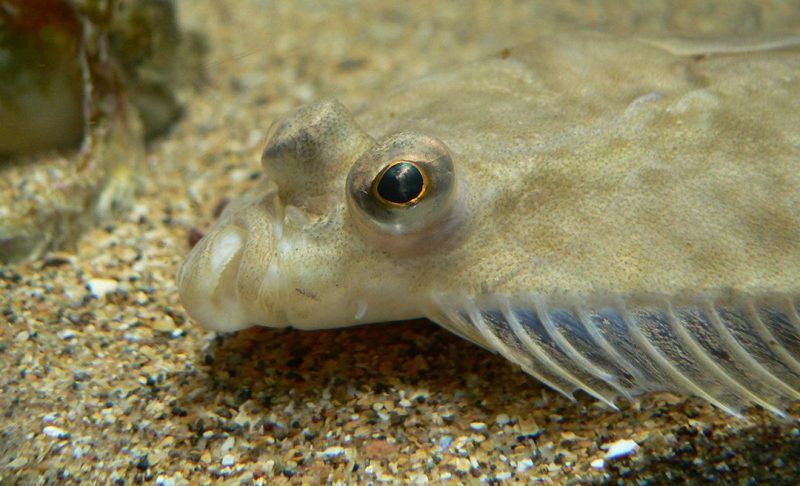
Food & Water
The Food & Water research area aims to ensure the maintenance of healthy, biodiverse ecosystems along with good food and water security.
The power of citizen science
 Citizen science has the potential to transform research. Lay people participating in scientific studies can vastly increase the scale and scope of studies, extending analysis by adding valuable data that would be too expensive or difficult to collect for a normal research team.
Citizen science has the potential to transform research. Lay people participating in scientific studies can vastly increase the scale and scope of studies, extending analysis by adding valuable data that would be too expensive or difficult to collect for a normal research team.
IIASA is at the forefront of realizing this potential for a variety of pressing global issues. The IIASA Ecosystems Services and Management Program (ESM) and collaborators have developed a smartphone app that can help predict whether a region is vulnerable to food shortages and malnutrition. The app, which has been tested in the Central African Republic, is used by staff of the charity Médecins Sans Frontières to conduct interviews with local people. This generates data on how much people are getting to eat, for example, or whether there is political unrest. Combined with satellite data on soil moisture this can give a much more accurate picture of the vulnerability of the region.
Deforestation is another global issue that ESM is addressing with the help of citizen science. In 2015 a new game called Picture Pile — for Android, iPhone, and desktop computer — was launched. The game is arranged as a pile of picture pairs, with images of the same location several years apart, and players are asked whether they see tree loss over time. Participants have already sorted tens of thousands of photos, building up an invaluable dataset.
Consolidating these successes, IIASA has won funding for LandSense, a citizen observatory for land-use monitoring. The project will encourage data collection by the public, support farm management decision making, provide high-quality data on land-use change, and assess the quality of citizen-contributed data. This will provide critical monitoring of change on the ground, as well as ensuring that citizen observations contribute to EU-wide environmental governance.
Shocks to the system
The natural world depends on intricate food webs that span multitudes of species and habitats. To ensure that these ecosystems can continue to function, it is vital to assess humanity’s impacts on these complex networks.
Studies by the IIASA Advanced Systems Analysis Program have been doing just that. For instance, the impact of dam construction on the food web of the upper Mekong River, China, was evaluated in a recent paper. Sedimentation, change in river flow, and heavy metal pollution had both direct and indirect impacts on wildlife, the results showed. In fact, the most valuable fish species in the river was at risk of becoming endangered, and management actions were recommended to prevent its decline.
Whether natural systems are able to withstand impacts like this is one of the key underlying questions to this area of research. To get to grips with this, IIASA researchers used the Mdloti estuary in South Africa as a case study. By modeling what would happen to the system under stresses such as eutrophication and overfishing, the researchers were able to identify simple measures to indicate ecosystem robustness.
Our own food webs are also subject to shocks and external impacts, of course, especially if we rely on trade from other countries. Food security was the focus of another IIASA study which examined how vulnerable countries are to losses in seafood supply. Central and West Africa are particularly vulnerable, the work found, but countries can lower the risks by reducing reliance on imports and diversifying food sources.
Facing floods
Floods affect more people globally than any other type of disaster. In recent years, flood-related disasters have had tremendous social and economic impact around the world — from the Philippines, Thailand, and China to the UK, Germany, and the USA, among numerous others.
This year, as part of the Flood Resilience Alliance — a partnership between IIASA, the Wharton School of the University of Pennsylvania, and the Zurich Insurance Group — the IIASA Risk and Resilience Progam (RISK) launched the Flood Resilience Systems framework (FLORES).
FLORES, which integrates disaster risk management and development perspectives, was presented at a workshop in Peru. This event brought multiple stakeholders together to come to a common understanding of the dynamics of flood risk, disaster risk management, and development in the Rimac Valley, Peru.
The framework includes a tool to assess flood resilience, vital for governments and local communities looking for ways to improve their situation in the face of increasing risks under climate change. An early version of the tool was applied in Nepal and it is now being tested in 150 communities by five NGOs.
To aid these efforts to strengthen communities’ resilience against floods, RISK has established the Risk Geo-Wiki platform. This online resource acts not only as a repository of available flood-related spatial information, but also provides for two-way exchange of information among stakeholders. Users can visualize available datasets at any location on the globe, providing a vital service for the most vulnerable communities.
Sustainable food
As vital as food security is, unsustainable production now will only set the scene for environmental catastrophe and starvation and in the future.
Knowing where crops are cultivated worldwide, and whether they are irrigated or rain fed are essential components for ensuring sustainable food production and safeguarding food security. Yet this critical data is often inadequate or non-existent, leaving policymakers unable to formulate the best policies to help farmers improve yields sustainably.
To help solve this problem, the IIASA Ecosystems Services and Management Program has provided the key information for a newly updated interactive website which shows production of 42 crops around the globe at ten-kilometer resolution. The result is highly accurate global data that can aid policymakers seeking to ensure that local food production is optimized to meet demand, that farmers get the highest possible yields, and that food is grown sustainably.
Adding to this work, IIASA researchers have taken the results of the Environmental Policy Integrated Model, which is used to examine the environmental effects of land management systems, to inform another model, Global Biosphere Management Model. The latter provides policymakers with the means to assess, on a global basis, the production of food, forest fiber, and bio-fuel. In this way IIASA guidance and projections take into account environmental impacts and can help decision makers to optimize crop production while minimizing environmental impacts.
Fine tuning fishing
Increasingly intense fishing around the world has driven some fish populations to the point of collapse. However, heavy fishing not only reduces the size of fish populations, it can also alter their basic genetics.
Always taking the largest fish, as is conventional practice, can lead to “fisheries-induced evolution.” The IIASA Evolution and Ecology Program has been at the forefront of this field for many years, and continued to drive knowledge forward in 2015.
A recent study, for instance, found that exploitation of fish populations can lead to the evolution of slower growth, earlier maturation, and greater investment in reproduction. The paper cautioned that populations may not recover from these changes, even if fishing is stopped completely. Moreover, fishing can irreversibly impoverish a population’s genetic diversity: this curtails its evolutionary potential, and its capacity to adapt to future environmental changes.

The evolutionary impact assessment framework, developed by IIASA and collaborators working under the International Council for the Exploration of the Sea, enables managers to estimate the vulnerability of the population to fisheries-induced evolution and use those insights to identify strategies that best achieve evolutionarily sustainable fisheries.
IIASA research has applied the framework to the case of North Sea plaice, the most commonly caught flatfish in Europe. The study found that centering effort on intermediate sizes — still letting the small go but also sparing the largest — would be best for plaice. By fine tuning how fishing is carried out, either in terms of the gear used, the time of year or the locations, fisheries managers can maintain thriving, sustainable fisheries.

